History And Traditions Behind Epiphany or Three Kings Day
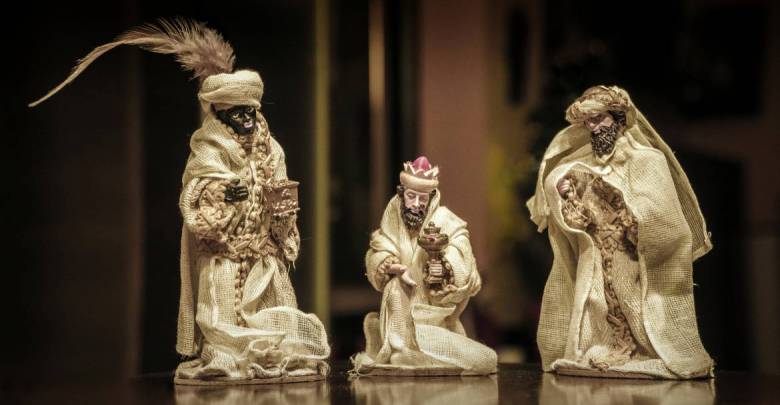
You probably thought after the New year that the holidays were over. Technically, no — not until January 6, when Christians all over the world celebrated Epiphany. In some places, the day is known as “Three Kings Day” after the wise men, or Magi, who, the Bible says, brought the infant gifts and proclaimed him the Son of God. In other places, the day is known for giving gifts, for extremely cold baths and for biting into babies. Let us explain.
“The Twelve Days of Christmas”, “3 Kings Day”, “Epiphany” – What Are They?
Maybe you’ve heard of “The Twelve Days of Christmas?” Besides being a catchy or crucifying little ditty, depending on your point of view, the title refers to the period between Christmas Day, when Christians celebrate the birth of Jesus, to Epiphany, when they mark his manifestation — “incarnation,” in some Christian traditions. In fact, the word “epiphany” is drawn from the Greek and means “manifestation.” The period refers to the story in Matthew that tells of some kings who followed a star in the East to find the baby in the manger. They brought him gifts of gold, frankincense and myrrh. Ten points to you if you can name the kings (Melchior, Caspar and Balthazar) and 10 more points if you know what myrrh is (a scented oil).
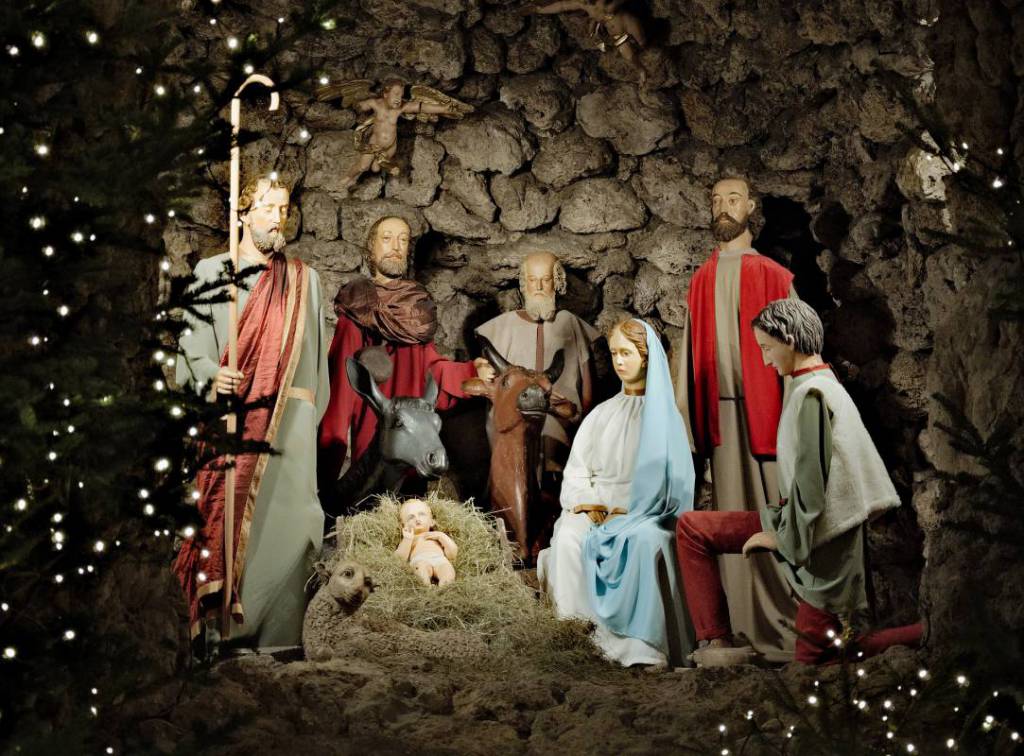
But didn’t the wise men visit Jesus on the night of his birth? In fact, the Bible says nothing about the number of kings, their robes, turbans or crowns they wear in every Christmas pageant in the world, nor does it say they rode on camels or how they learned the star would lead them to a baby in Bethlehem. People have just filled in all those blanks since Epiphany became a church feast in the second century, making it one of the oldest of Christian celebrations.
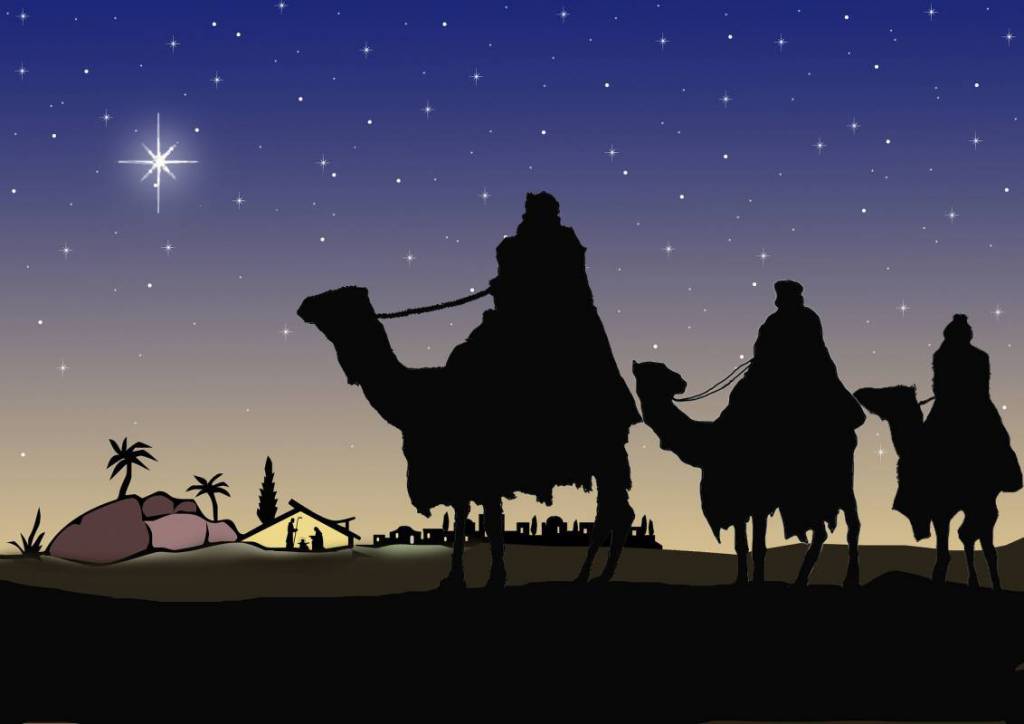
How is Epiphany celebrated?
That depends on where you are and what kind of Christian you are. Most U.S. Protestants mark the day on the Sunday closest to January 6 and it is usually limited to that day’s church service and sermon. But it opens the church’s “season of Epiphany,” a time when sermons and lessons focus on the miracles of Jesus; the season ends on the Sunday before Ash Wednesday (this year on March 1), the start of the Lenten season.
Catholics also celebrate Epiphany on the actual day, and Pope Francis delivers his annual Epiphany homily during Mass in St. Peter’s Basilica in Rome. The following Sunday, many Catholic priests deliver homilies that focus on Jesus’ baptism. Eastern Orthodox churches, too, focus heavily on Jesus’ baptism at Epiphany, with priests in places such as Russia, Bulgaria and Greece tossing crucifixes or crosses into the water, which devotees then dive for. Some Orthodox churches, which use a different calendar to mark their liturgical year, celebrate Epiphany on January 19 and won’t take the dive until then.
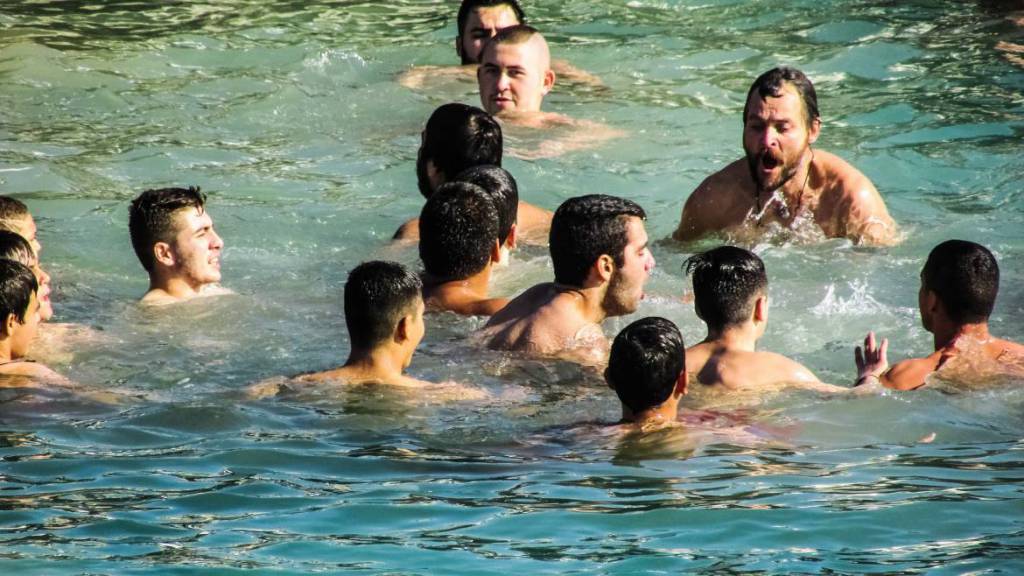
Epiphany Traditions that Don’t Involve Becoming a Polar Bear
First, some Christians give gifts all over again on January 6. In Spain, children leave their shoes outside in the hopes they will be filled with candy and presents if the youngsters have been good. Naughty ones are told they’ll get only clumps of coal. Many families leave a box of grass (or hay) and water for The Three King’s camels to eat. Similar to the tradition of leaving out cookies and milk for Santa Claus. Camels are known for being a bit sloppy and leaving a trail of hay behind that children can often follow to their gifts!
In Italy, children receive gifts on the Epiphany morning from a witch known as “La Befana.” The story goes that the wise men visited an old woman when they were looking for Jesus and invited her to come along. She was too busy. Then the shepherds stopped at her shack and extended their invitation. “Sorry, too busy!” Since then, she flies through the air in search of the Christ child, leaving gifts for other good children in her search. Meanwhile, Venetian gondoliers mark the day by dressing in drag and cruising down the Grand Canal.
In Spain, Mexico and other Latino countries, January 6 is “Dia de los Tres Reyes Magos,” or Day of the Three Wise Kings. To celebrate, people make a “roscon de reyes,” or king’s ring cake, a pastry with a tiny figurine of a baby baked into the dough. The idea is that the baby will be revealed in a slice or a bite of bread, just as Jesus was revealed as the Son of God to the kings.
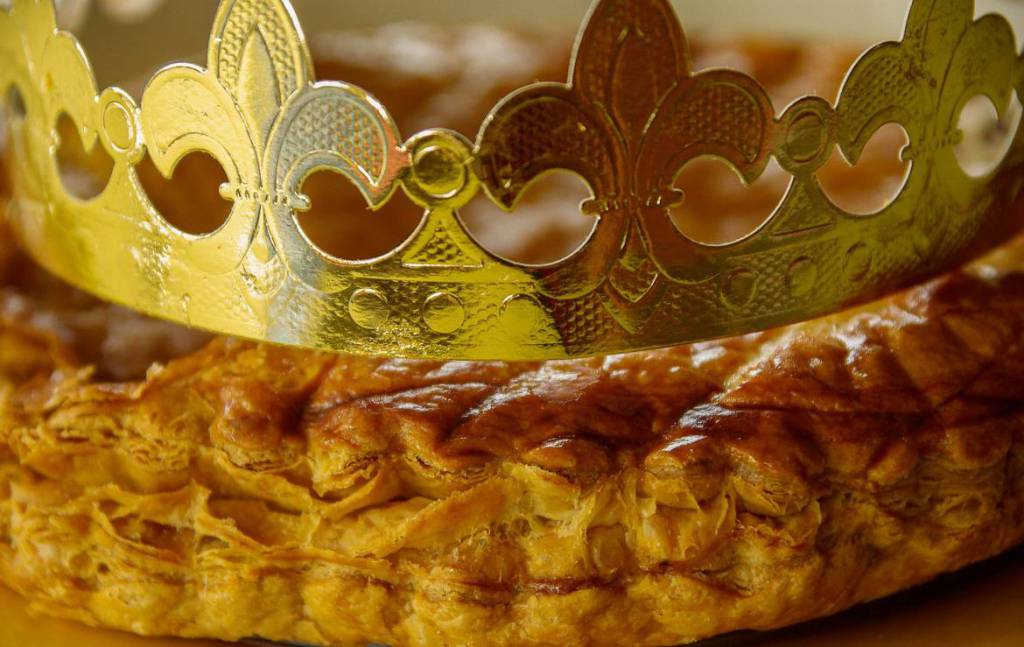
Traditionally baked round as an allusion to a King’s crown, the Rosca de Reyes (or Kings’ Bread) is a staple of the holiday. Hidden within the sweet bread is a “baby jesus” figurine — the individual who finds the toy in their slice must then prepare tamales for everyone on the Day of the Candles, which is celebrated on February 2.
Catholics in New Orleans have taken the king cake to a new level. Bakeries all over the city offer elaborate, frosted, fruit-filled confections, all baked with a plastic baby on the inside. Customers eat them throughout the season of Epiphany, indulging right up to Ash Wednesday. Like plastic beads, hurricane glasses and “golden” doubloons tossed from parade floats, king cakes have become an emblem of that city’s Mardi Gras festivities. In Mexico City a mile-long “Rosca de Reyes” was made to celebrate the holiday and over 200,000 people gave it a try in Zocalo Square.
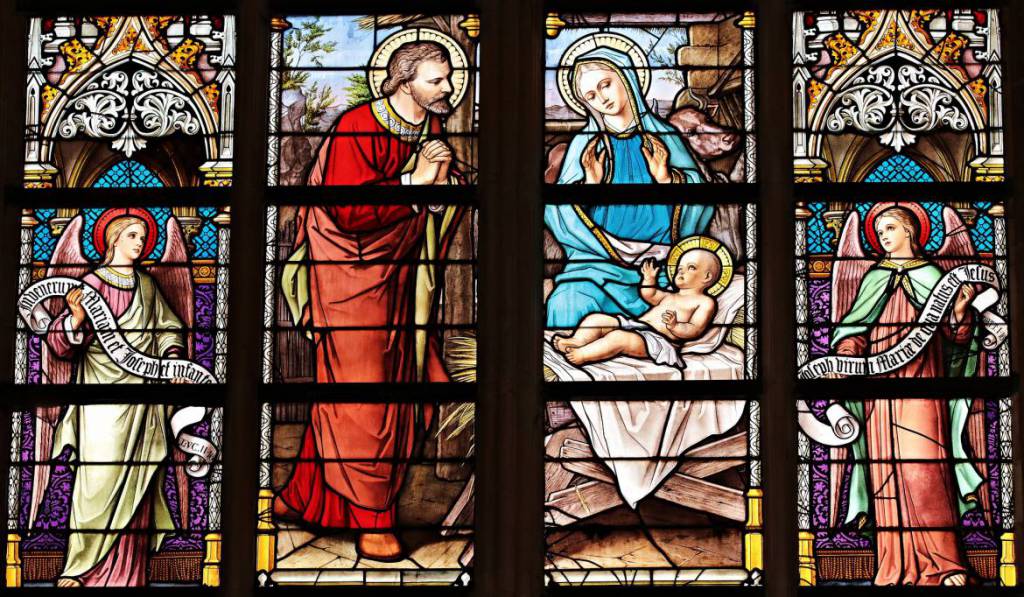
Feast of the Three Kings | A Royal Treat in Monaco
Did you know that the French tradition of serving a frangipane filled tart known as the ‘galette des rois’ at Epiphany, around the twelfth day of Christmas, actually dates back to the 14th century. Although not quite as old as the Grimaldi Dynasty, over 600 years is long enough to perfect the recipe – and one could do worse in searching for a place to sample the most delicious of all than choosing Monaco.
And just as the ‘galette des rois’, was to “draw the three kings” to the Epiphany in Bethlehem – so to work go the finest pastry chefs in the world in Monte Carlo to draw you to taste their creations with a cup of tea or a glass or two of white wine perhaps or as part of a tasty brunch.
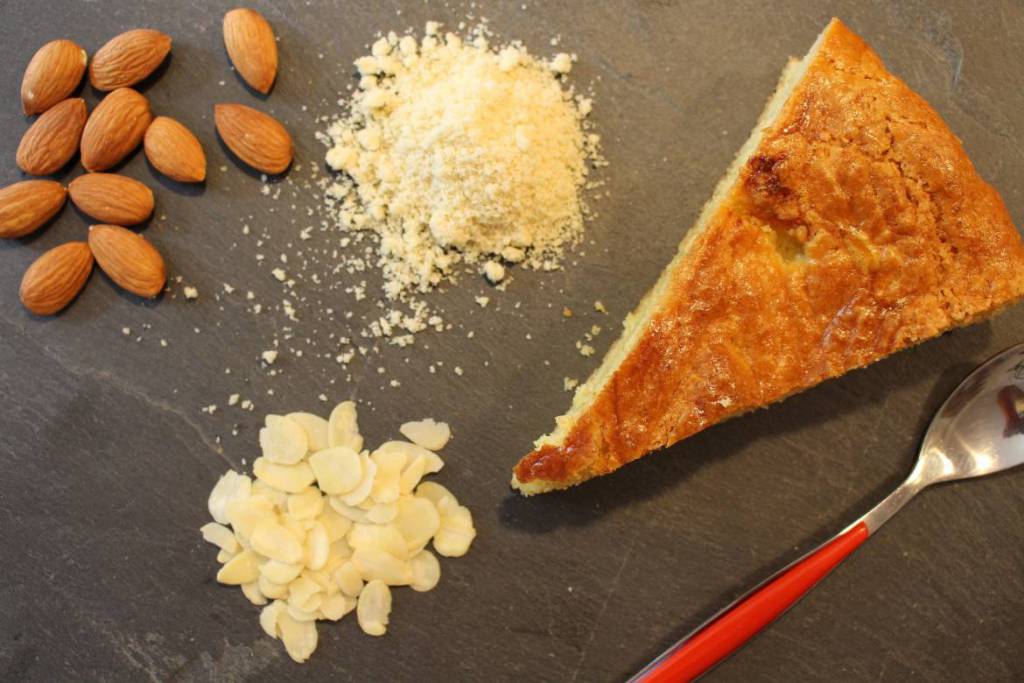
Luckily we are not living through the French Revolution when royalty was unfashionable, and when this pastry delicacy had to be renamed “the Equality Cake”. Here, we don’t have to worry about that because in Monaco Princes and royalty and Galette des Rois are very much a part of life. And don’t forget to look for the little trinket baked inside. Then you, according to tradition, can be crowned king or queen just for the day or you can choose, if you wish, your favoured special someone to be king or queen instead.
And remember to cut the “cake” in as many slices as there are people in your party, plus 1 extra. This piece is called either, the ‘part du Bon Dieu‘ (God’s slice), the ‘part de la Vierge‘ (the Virgin Mary’s slice) or the ‘part du pauvre‘ (poor man’s slice) and can be saved to be offered to the first deserving person you think of.
It’s far more fun than taking a bracing dip in the cold sea – another centuries old Epiphany tradition – or maybe diving into a delicious galette is just the right reward after that icy swim. So find a place to get a Galette des Rois or make one and celebrate the holiday!

